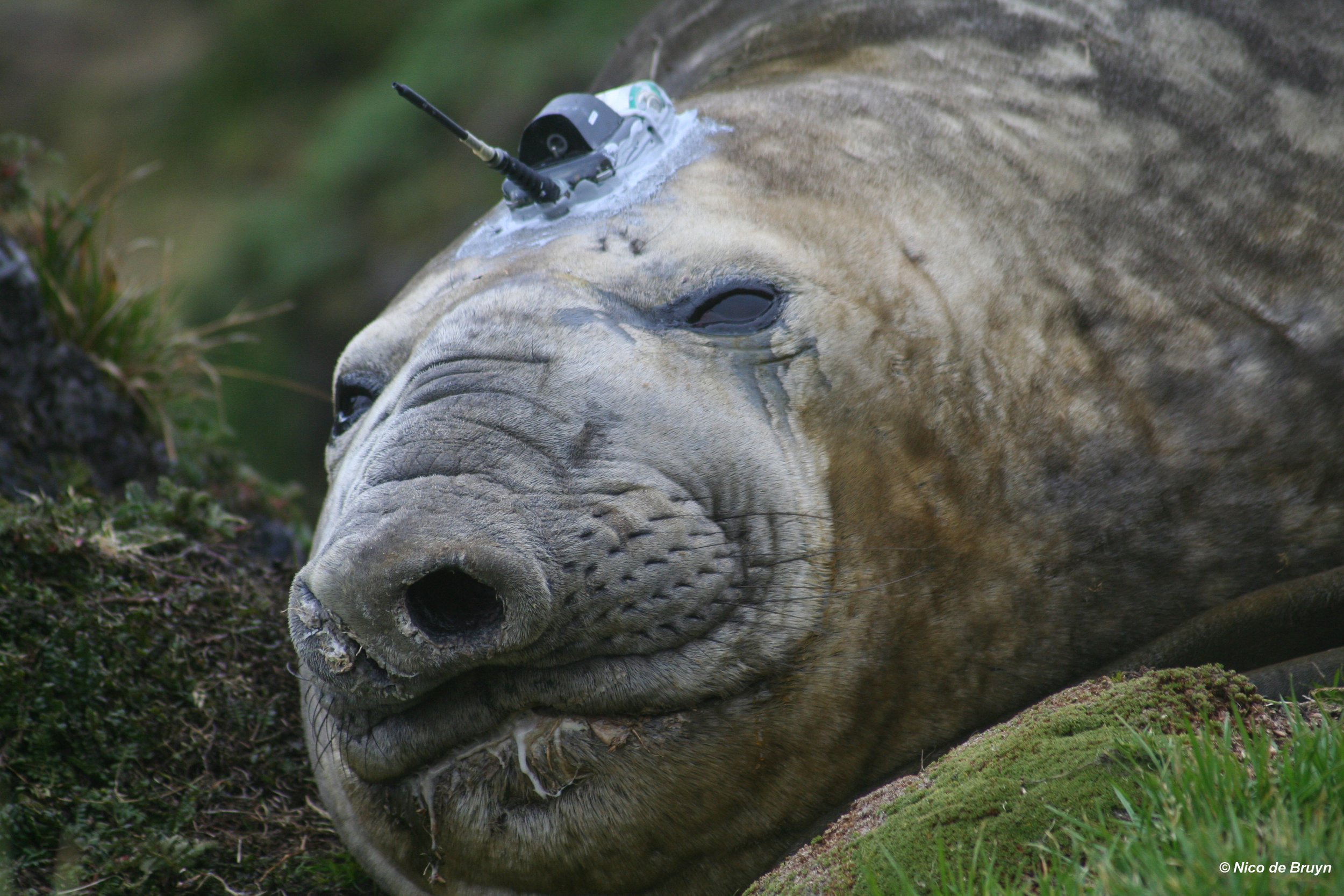Marthán Bester on RRS Discovery expedition to Tristan da Cunha Islands
/The RRS Discovery in port. Photo: Marthan Bester
Currently, Marthán Bester is participating in the UK Overseas Territories ‘Blue Belt’ programme at the Tristan da Cunha Islands (TdC) (http://www.tristandc.com/wildlife/bluebelt.php) with the blessing of the TdC Government. The top predator (especially Subantarctic fur seal) research that is envisaged will feed comparative information into MIMMP. To this end he travelled to the UK on 04 March, visited our colleagues at British Antarctic Survey (BAS) in Cambridge for a day, and slotted in with the BAS arrangements to get their, and other personnel from CEFAS and RSPB, to the Falkland Islands by RAF airbridge. This entailed a 15 hour (5 + 10) flight from the Royal Airforce Base at Brize Norton, using a seated Airtanker A330 (with a brief re-fuelling stop at the Cape Verde Islands), to Mount Pleasant RAF airfield outside of Port Stanley, East Falkland Islands.
After a very pleasant four days in Port Stanley, they boarded the RRS Discovery, an oceanographic research vessel, on 11 March, due to sail for the Tristan da Cunha Islands today, 12 March. After 9 days of sailing to the TdC, Marthán and three others will be landed on the main island of TdC for their particular purposes. The ship then goes off on a 10-day oceanographic survey of the seamounts around Gough Island to the south, before returning to TdC.
On TdC Marthán will be assisted in the field (Seal Bay) by the TdC Conservation Department, deploying satellite-linked dataloggers on lactating fur seal females, and servicing our automated fur seal attendance pattern logging system that was put up in September 2018. After 10 days of surveying, the 4 pax and some passengers will be retrieved from TdC, and the expedition ends in James Town, St Helena some days later. Marthán will be returning to South Africa soon after. Watch this space for a narrative about the unfolding of this expedition!


















